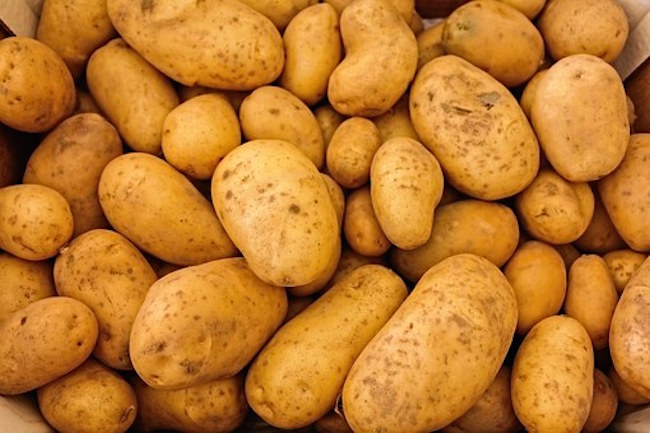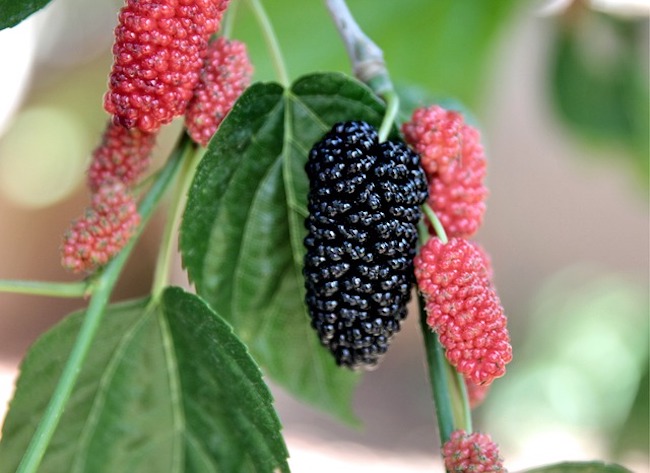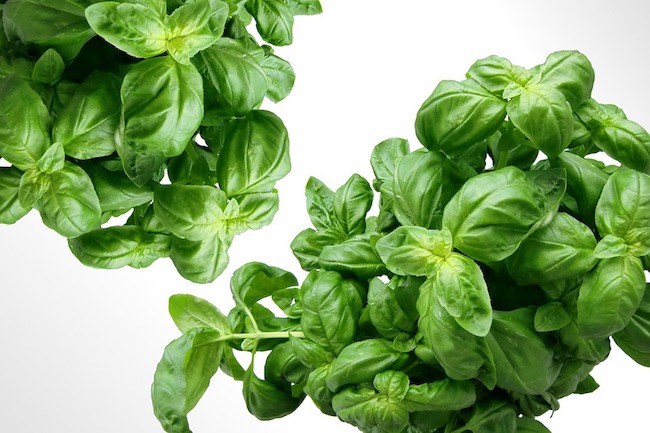Potatoes and sweet potatoes: Differences, nutrient profiles and healthy ways to prepare them by: Zoey Sky for Natural News
When you’re on a diet, you often find yourself avoiding foods like fries and potato chips. And while these processed snacks are indeed bad for your health, regular potatoes and sweet potatoes are nutritious.
The differences between potatoes and sweet potatoes
Both regular potatoes and sweet potatoes are root vegetables. However, the two starchy superfoods are only distantly related.
Sweet potatoes belong to the morning glory (Convolvulaceae) family. They usually have brown skin and orange flesh, but you can also find purple, red and yellow sweet potato varieties. In some parts of America and in some other countries, sweet potatoes are called yams, but they are actually two different species.
Regular or white potatoes are part of the nightshade (Solanaceae) family. You can purchase brown-, red- or yellow-skinned regular potatoes with white or yellow flesh.
Glycemic index and blood sugar levels
Regular and sweet potatoes have different glycemic indices (GI). GI is a measure of how a particular food can affect your blood sugar levels.
Note that foods with a GI of 70 or higher can increase your blood sugar much faster than foods with a medium GI of 56 to 69 or a low GI of 55 or less.
Sweet potatoes may have a GI of 44 to 94, depending on the type of sweet potato you have and the cooking method you use. If you bake sweet potatoes, your dish will have a higher GI than if you boil them because the starch in them will gelatinize differently during cooking.
In terms of variety, orange sweet potatoes — the most common type you’ll find in grocery stores — contain more fiber than regular potatoes and thus have a lower GI. But purple sweet potatoes have an even lower GI than orange sweet potatoes, so they’re more suitable for diabetics.
Your choice of cooking method also affects the GI of white potatoes. Boiled red potatoes have a GI of 89, but baked Russet potatoes have a higher GI of 111.
If you have been diagnosed with diabetes or if you have other blood sugar issues, consume high-GI foods moderately. For starchy dishes, use sweet potatoes since they have a lower GI.
Regular and sweet potatoes are good for you
You may hear that sweet potatoes are healthier than white potatoes, but both root vegetables offer health benefits.
A 3.5-ounce (100 grams) serving of either white or sweet potatoes with their skin on contains similar amounts of calories, carbs and protein. They also contain various beneficial plant compounds. However, regular potatoes offer more potassium, while sweet potatoes are full of vitamin A.
White potatoes contain glycoalkaloids, which are compounds that may have anti-cancer and other beneficial effects. Meanwhile, sweet potatoes, particularly the purple and red varieties, are full of antioxidants that can help protect your body from free radical damage, which is linked to cancer and other diseases. (Related: Sweet! Here are 7 reasons to eat sweet potatoes.)
You can incorporate both into a healthy diet
Both sweet and white potatoes are natural sources of fiber, vitamins, minerals and carbs, which can give you an energy boost. If you don’t want to choose between the two, incorporate both superfoods into your daily meals.
If you’re on the fence about regular potatoes, avoid anything fried or highly processed like fries or potato chips. Even mashed potatoes come with butter and cream while baked potatoes are often served with bacon and other high-calorie ingredients.
The same goes for sweet potatoes, which can be served with marshmallows, sugar or other unhealthy ingredients.
To make a healthy dish, prepare regular potatoes by baking or boiling them with the skin on. Alternatively, you can make a hearty veggie stew or some meatless veggie patties.
When seasoning regular and sweet potatoes, skip the butter, cheese and salt and use fresh herbs or spices.
Keep your blood sugar levels in check by boiling your potatoes. To make a guilt-free but delicious dish, pair potatoes with low-calorie ingredients like lean proteins or non-starchy vegetables.
Despite their similarities and differences, regular potatoes and sweet potatoes can both be good for your health if you cook them using healthy methods like boiling or baking.




